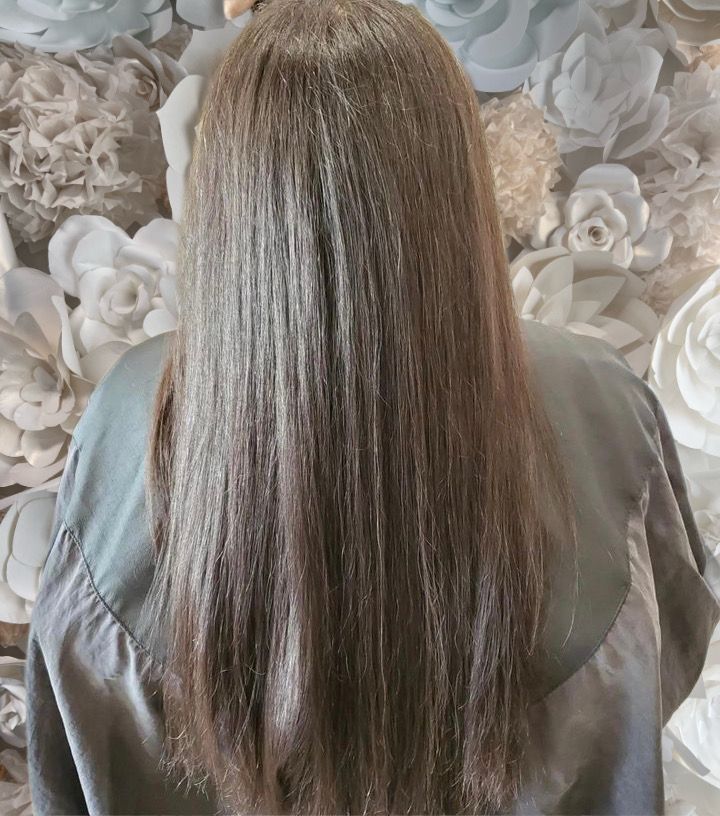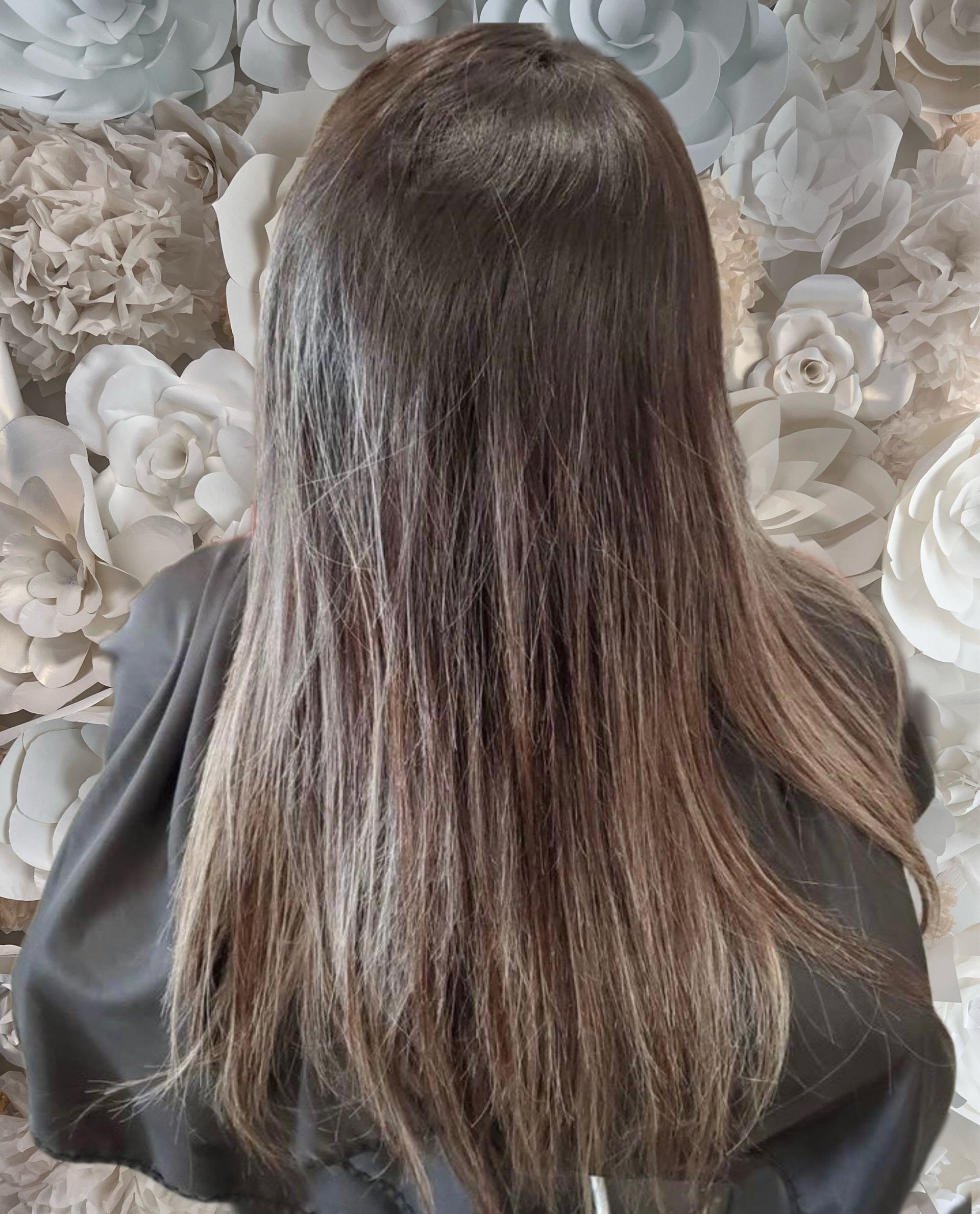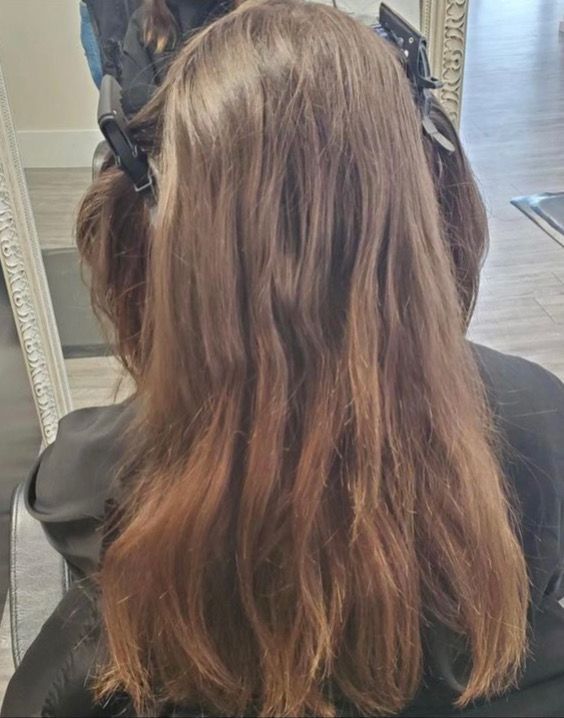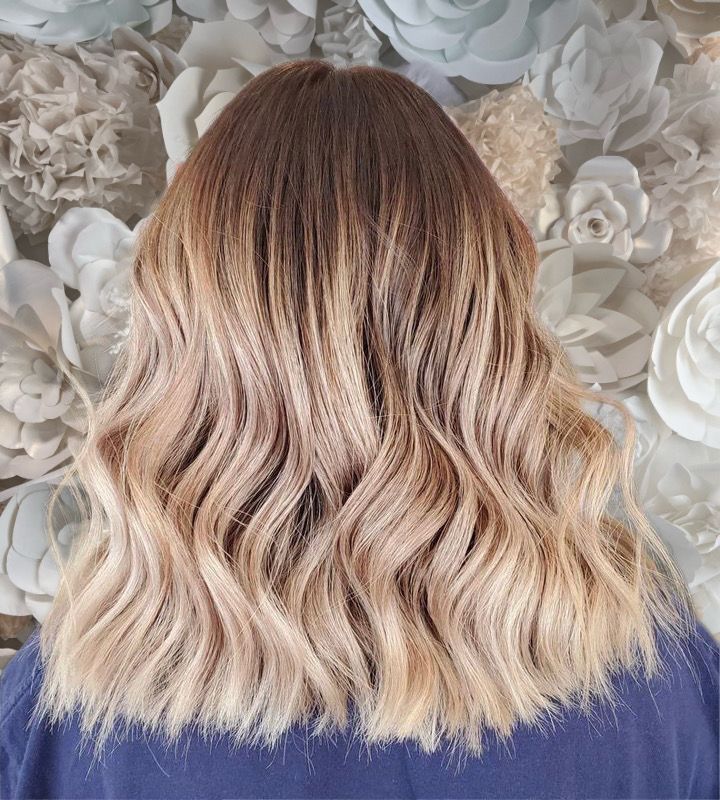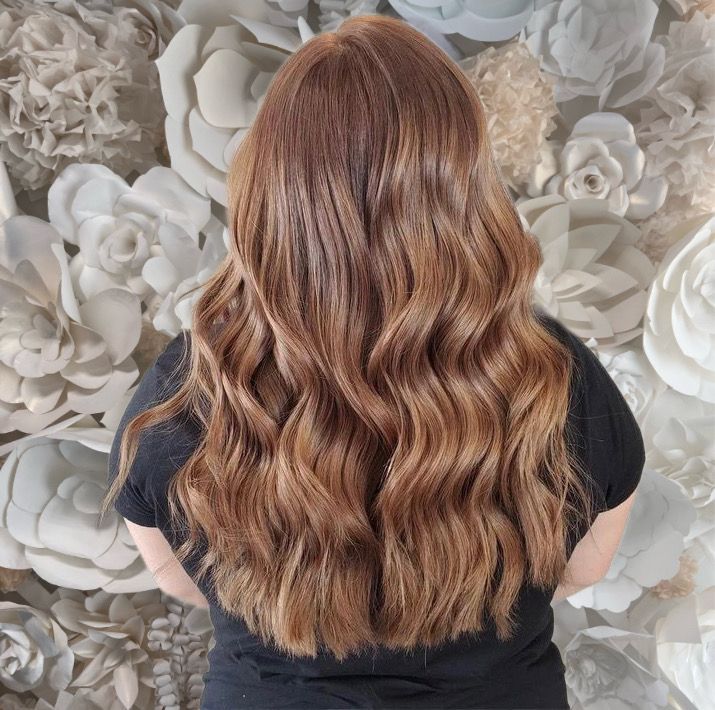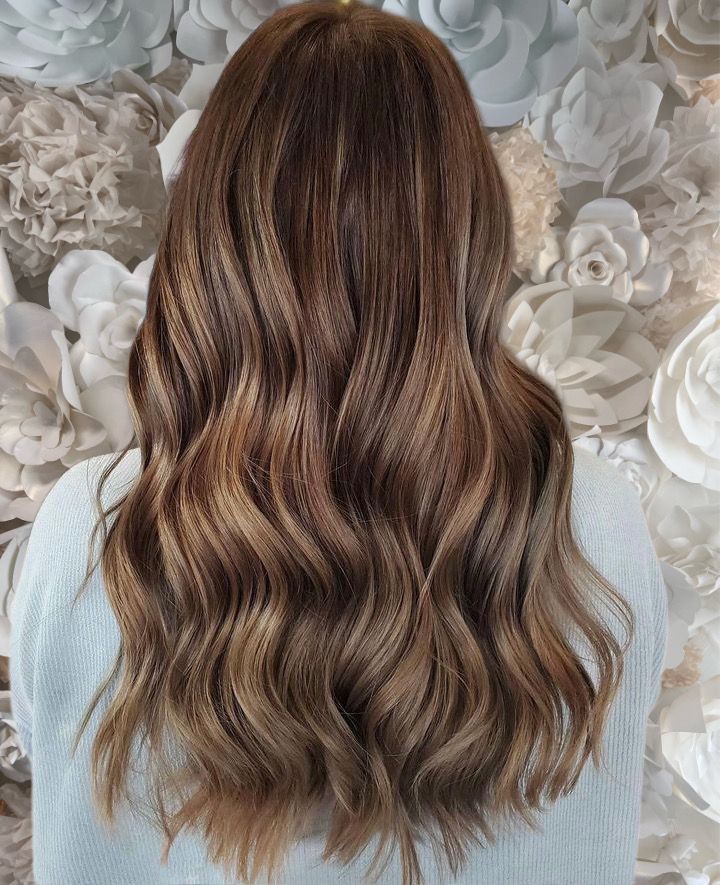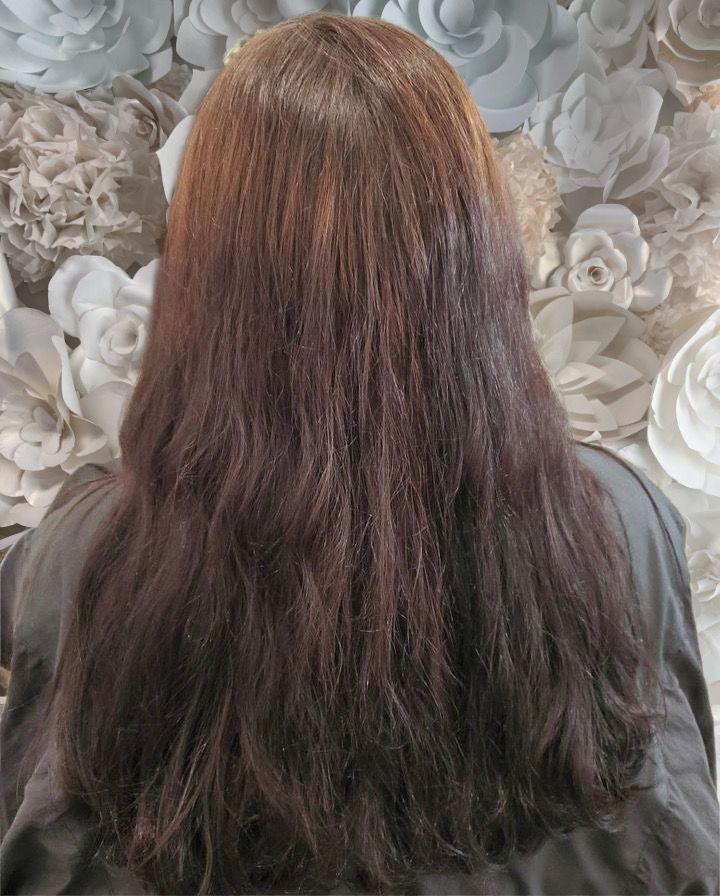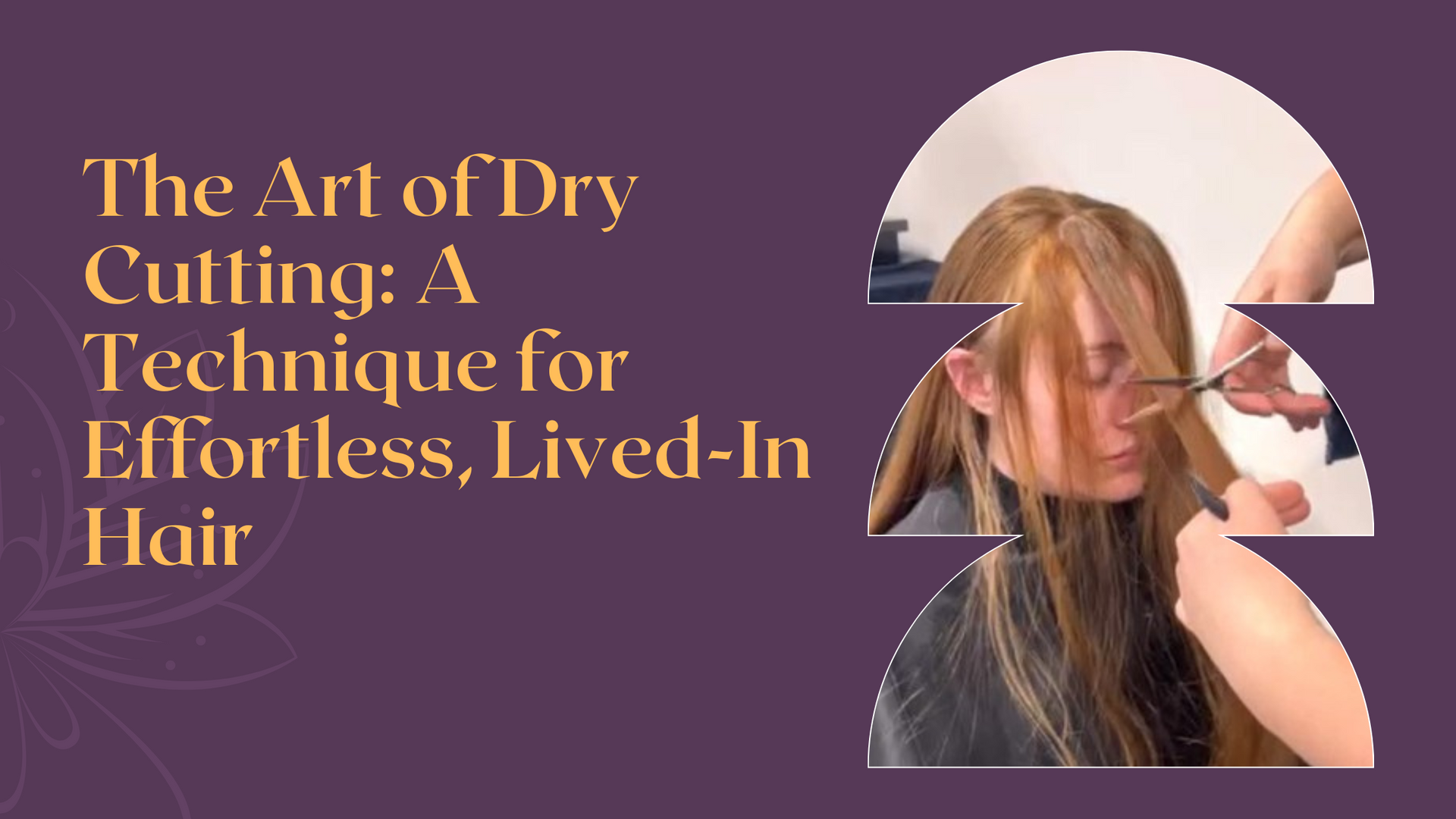The world of hair coloring is a vibrant canvas for self-expression and style. With various techniques available, finding the right one can be both exciting and overwhelming. Understanding the nuances of each method is crucial for achieving your desired look.
Here are some popular techniques and their differences:
Balayage: The Art of Sun-Kissed Highlights
This technique involves hand-painting highlights onto the hair for a natural, sun-kissed look with softer, less noticeable regrowth lines. It involves hand-painting the hair in a way that mimics the way hair naturally lightens in the sun, hair color resulting in a softer, more gradual color transition compared to traditional highlighting methods. Balayage is popular because it requires less maintenance than traditional highlights and can complement various hair lengths and textures.
Foiling: Precision and Definition in Highlights
Foiled highlights is a hair coloring technique that involves coloring sections of hair using foils to separate them from the rest of the hair. This method allows for precise and controlled application of color, resulting in more defined, uniform highlights. Foil highlights are commonly used to create a more dramatic contrast and a uniform pattern of color throughout the hair. This creates strands of color applied throughout the hair to add dimension, brightness, depth, and contrast. Unlike balayage, foil highlights typically create a more structured and defined look.
Ombré and Sombre: The Beauty of Gradual Color Blends
With ombre, the hair is darker at the roots and gradually lightens towards the ends, creating a striking, gradient effect. As for Sombre, this is a softer, more subtle version of ombre, blending the colors more seamlessly for a natural transition.
Color Melting: Seamlessly Blended Multidimensional Tones
Hair color melting is a technique that blends multiple hair colors seamlessly for a smooth, natural, and multidimensional look. It involves using two or more different but complementary shades that gradually transition and "melt" into each other. The colorist applies the chosen colors strategically, ensuring they seamlessly blend together without distinct lines or harsh contrasts. Hair color melting is popular for creating depth and dimension, as well as for achieving a more natural and organic appearance compared to traditional color blocking techniques.
Babylights: Enhancing Texture and Depth
Babylights are delicate, fine highlights that mimic the natural hair color of young children, creating a subtle and soft look.
Root Smudging and Glossing: Perfecting the Finish
Hair root smudging and glossing are two different techniques used in hair coloring to achieve specific effects.
Root Smudging is a technique used to soften the contrast between the hair color and the roots, creating a seamless blend. It involves applying a semi-permanent color or toner to the roots and feathering it down slightly into the rest of the hair for a natural-looking transition. Root smudging is particularly beneficial for those looking to maintain a low-maintenance hair color and disguise any noticeable regrowth.
Glossing, also known as a hair glaze, is a semi-permanent treatment that adds shine and enhances the hair's overall appearance. It involves applying a clear or tinted gloss to the hair, which helps smooth the hair cuticles and create a reflective surface, resulting in a lustrous and healthy-looking finish. Glossing can also be used to refresh and revitalize the existing hair color, add depth and dimension, or neutralize any unwanted tones.
Vivid Hair Color: Bright, Bold, and Intense Color Shades
Vivid hair colors are often non-traditional or unconventional, such as vibrant blues, pinks, purples, greens, and other neon or pastel hues. These colors are often used to create striking, eye-catching hairstyles and can be applied to the entire head or specific sections of the hair for a bold and expressive look. Vivid hair colors often require lightening the hair first to achieve the desired vibrancy and intensity.
Color Correction: When Your Hair Color is less-than Desired
Whether you have experienced a DIY mishap or received a less-than-desired outcome from a salon, it’s crucial to approach a color correction with patience and care. It could involve addressing issues such as overly dark or light hair, unwanted tones, or uneven color distribution. A professional colorist will use specific techniques and products to neutralize, adjust, or change the existing hair color to achieve the desired shade or tone. A color correction service can be a complex process and may require multiple salon visits depending on the severity of the issue.
Understanding the different coloring techniques of hair coloring you will be able to communicate what desired look you are wanting with your stylist. You will be able to confidently ask for exactly what you want and achieve the lustrous locks you’ve been dreaming of!



